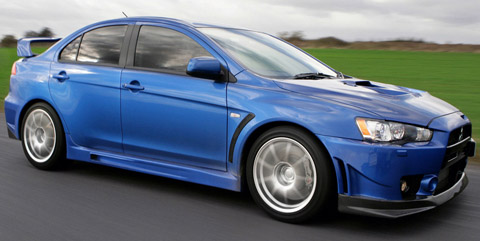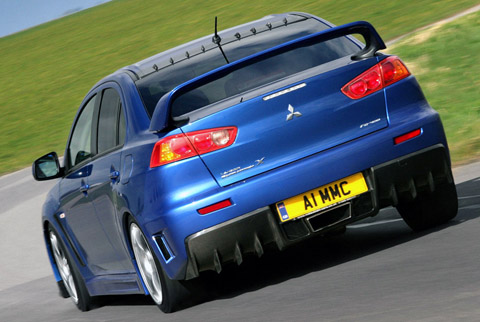(From TechArt Press Release)
TECHART Magnum – Made to perfection
Leonberg, September 2009 – Technology, quality and design form the cornerstones of over 20 years of history for the renowned car enhancement company TECHART Automobildesign from Leonberg-Höfingen. In 2009, the Magnum proved the outstanding performance by taking first place at the Tuner Grand Prix at the Hockenheimring race track. Equipped with the 550 bhp of the production vehicle, an aerokit and sports air suspension module, TECHART achieved the winning time of 1:16.939 for the first time in the heavyweight class. At the IAA 2009, TECHART is presenting the current generation of the Magnum, based on the Cayenne Turbo S, complete with increased performance and uncompromising comfort.
Performance increase
The performance package T2.2 increases the overall engine output to 680 hp (500 kW). The maximum torque increases to 900 Nm at 4.200 rpm. This produces some impressive results: from 0 to 100 in 4.2 seconds. From 0 to 200 in 14.5 seconds. The maximum speed of the vehicle is 308 km/h.
The Magnum exterior
Made entirely from high quality PUR-RIM material of original equipment manufacturer quality. The TECHART Magnum front apron confidently and powerfully emphasises the lines of this sports vehicle. Magnum fenders and sill panels create a fluid transition between the broad wheel arches. The air inlets supply the radiator and front brakes with optimal fresh air. The TECHART Magnum rear apron comes with an integrated diffuser. The two double-flow exhaust pipes of the TECHART stainless steel sports exhaust add a sporty touch to the striking rear of the vehicle. For sporty street use, the TECHART Sport air suspension module lowers the car body by 30 mm. The dynamic appearance is rounded off by the tyres: TECHART Formula and Formula II alloy wheel rims in a classic design from 21 to 23 inches.
The day driving light system
The multi-functional TECHART day driving light system gives the Magnum an unmistakeable external appearance. The LED system consists of a combination of day driving lighting, side lighting, parking lighting and indicator lights. The automatic adaptation of the light strength to the selected driving light setting and the dimming of the day driving light when the vehicle is turning to ensure that the indicator lights stand out are typical features of the system. The LED technology is also characterised by its increased life span and energy saving features.
The interior
TECHART meets the highest standards in comfort and individuality with the exclusive de Sede of Switzerland range of interiors.
The new de Sede Classic S line creates a sophisticated Magnum interior and stands for top quality TECHART made-to-order production. The de Sede name has been synonymous with elite seating, the finest quality leather and unique design for over 50 years. The air-conditioned seats are a new feature. The innovative TECHART system ensures that the seats and back rests have always a pleasant temperature. The revised seat design emphasises the sense of luxury sportiness.







































